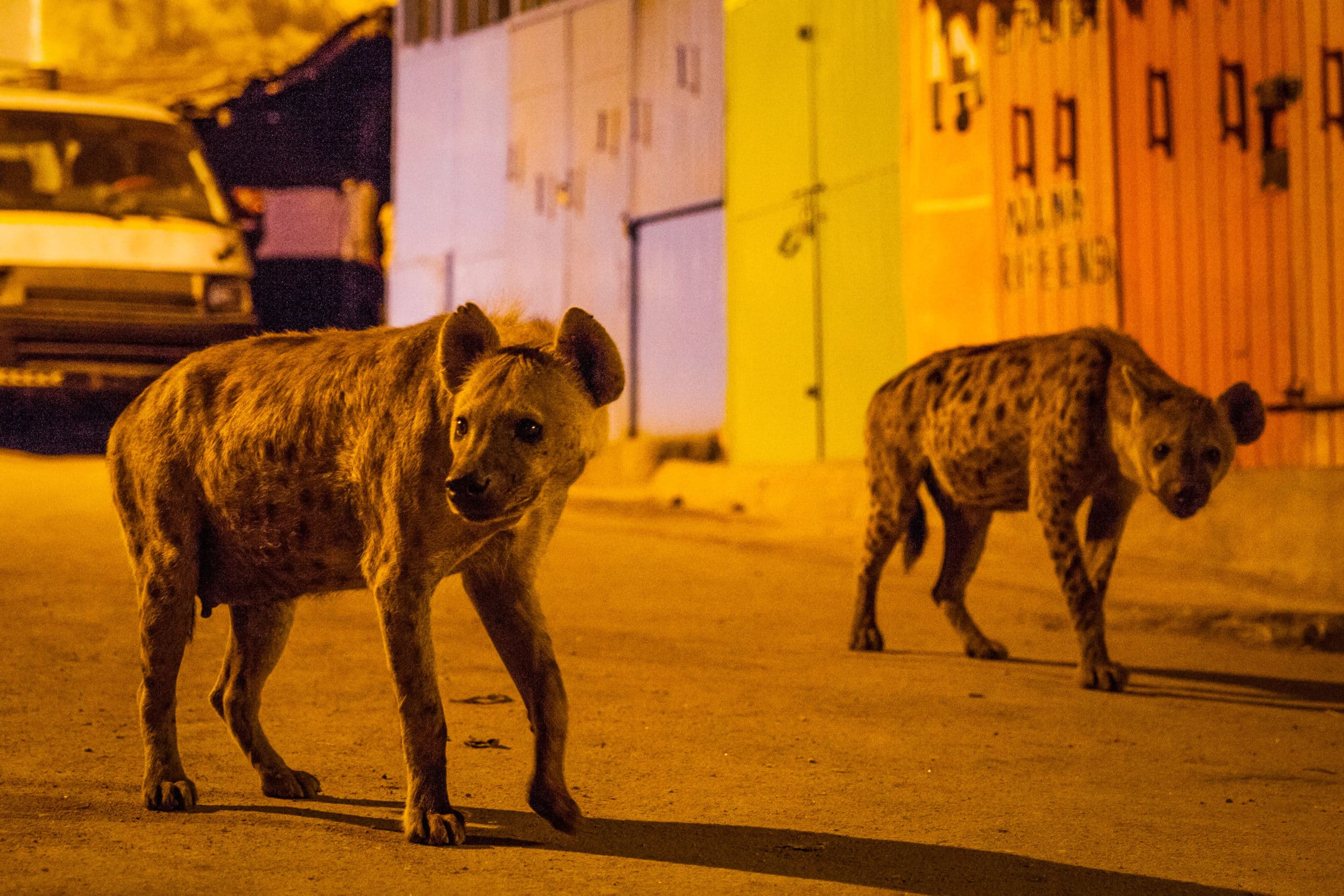
Festival Year: 2017
Fredi Devas
Roles: Producer
I worked on Frozen Planet and Wild Arabia before this, but shooting in the city is much harder than anywhere else. Normally if you’re filming in nature reserves you only need one permit for your entire shoot, but we were looking to access the rooftops of about 30 different skyscrapers in New York.
You also have to contend with people. Mostly people are great, but when you’re filming at night, you realise that some people are drunk and want to know what you’re doing around such dangerous animals. It’s all quite new territory for a wildlife filmmaker.
I’ve always found hyenas to be quite terrifying animals. In Harar in Ethiopia one night, we were surrounded by more than a hundred of them, fighting. They were fighting on the outskirts of town to see who’d gain access to the city. They’re the second-largest land predator in Africa after the lion.
They were extraordinary. There are two hyena clans who regularly use the city. To work out who gets access, they go to a place outside the city limits and have a fight. A piece of ground where they can meet up like the gangs in Westside Story and have it out – and they really go for it. You’ve got a hundred around you, running around your legs, constantly turning on each other. You do think that if they turned on you, you’re gone. That’s it. If they decided that we were the problem, that would be that, but luckily they didn’t.
In other areas of Africa it’s relatively common to hear about a hyena taking a child, but they really do have a peaceful pact with the people of Harar. The people respect the hyenas, they think of them as religious entities, and this relationship has been going on for over 400 years. I spoke to a lady who had loads of goats on the outskirts of the city. She said that the hyenas walk through her smallholding every single night, and if the goats are still out then they will charge them off with their horns. Anywhere else in Africa, that would be the other way around. Somehow, this pact exists and it’s extraordinary.
Mumbai has the highest density of leopards in the world. There are around 35 living in quite a small forested area. They feed on deer and animals in that forest, but they also head out into the peripheries of the park at night and feed on domesticated animals like pigs and dogs. They also kill humans. What I find extraordinary is that they’ve been eating and killing people for decades, but the Indian people are still tolerant of them living there. I can’t think of another country where a relocation program would not have been put into place by now. Indian people are totally remarkable in their tolerance of allowing animals into their city. The relationship between animal and man – the acceptance and compassion and just their ability to share a city with each other – made it stand out as a place that was completely inspiring.
Festival Year: 2017


